When the Fujifilm X-T5 was announced, I was super excited, but skeptical. It ticked all the right boxes with improvements in the things I didn’t like on the X-T4. Gone was the annoying (but extremely useful for vloggers) flip-out rear screen; gone was the irritating design of the USB charging and microphone port door.
According to Fujifilm, gone also was the poor autofocus performance that had become an albatross around the previous camera’s neck. Sadly, I don’t put much credibility into Fujifilm’s promises regarding autofocus as we’ve all been burned with promises of class-leading performance, only to find the reality not stacking up.
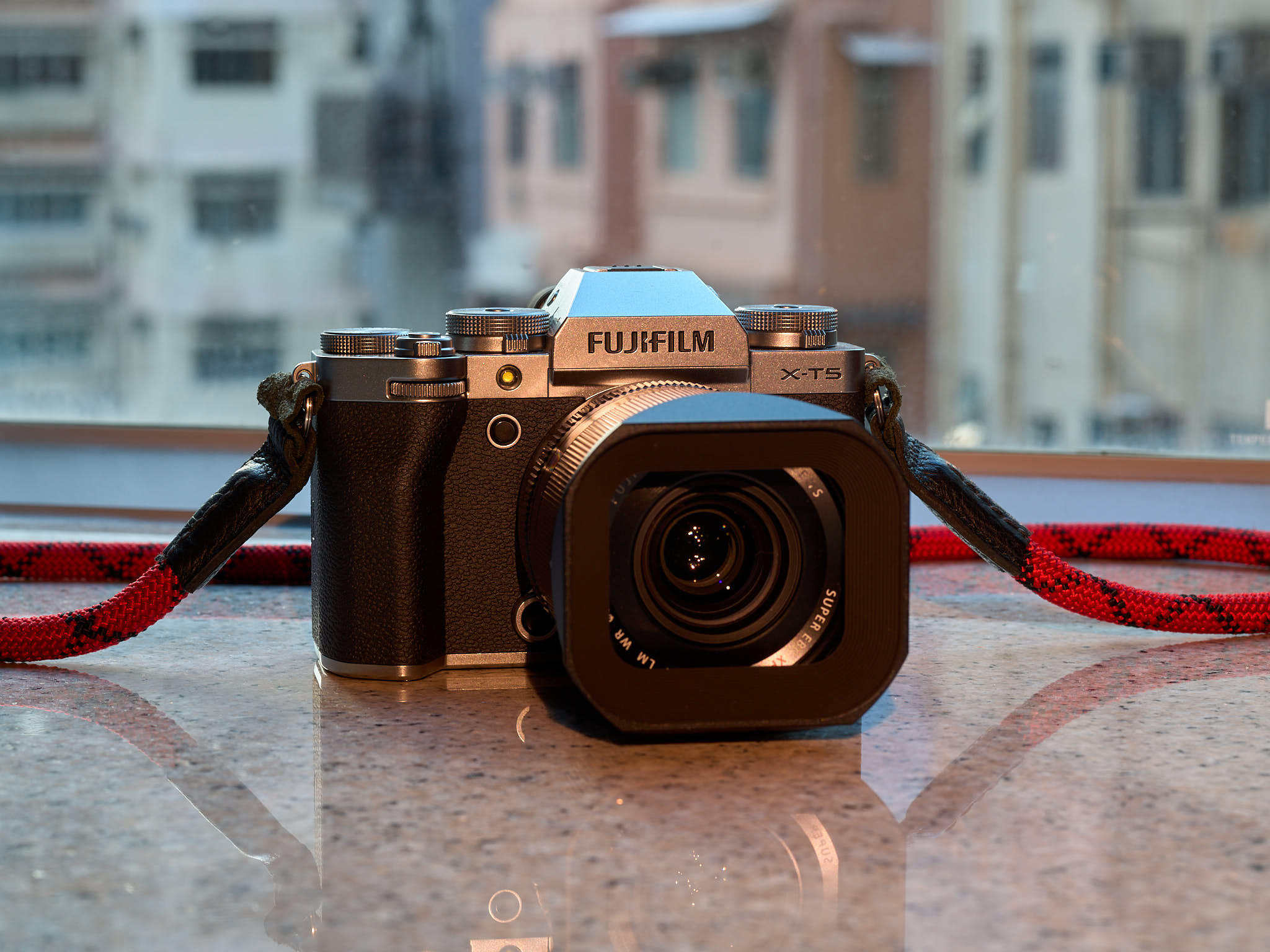
When I picked up the camera on launch day, I told my salesperson that this is Fujifilm’s last chance to have a long-term place in my photography cabinet. If the autofocus performance is not up to modern standards, this will be the last Fujifilm APSC camera I buy.
Surprisingly, he noted that several customers had either already come to the same conclusion (and moved to Sony, Canon or less so, Nikon) or they had articulated the same thought that the X-T5 is Fujifilm’s last chance with them. If it doesn’t deliver, they’ll sell their system and move on with the competition.
If the autofocus performance is not up to modern standards, this will be the last Fujifilm APSC camera I buy.
While the previous 26MP sensor had excellent performance, I was pleased to see the groundbreaking 40MP APSC sensor from the Fujifilm X-H2 ported over to the X-T5. Much has been written about this excellent sensor, but to sum it up, it provides higher resolution with similar noise performance – a win-win.
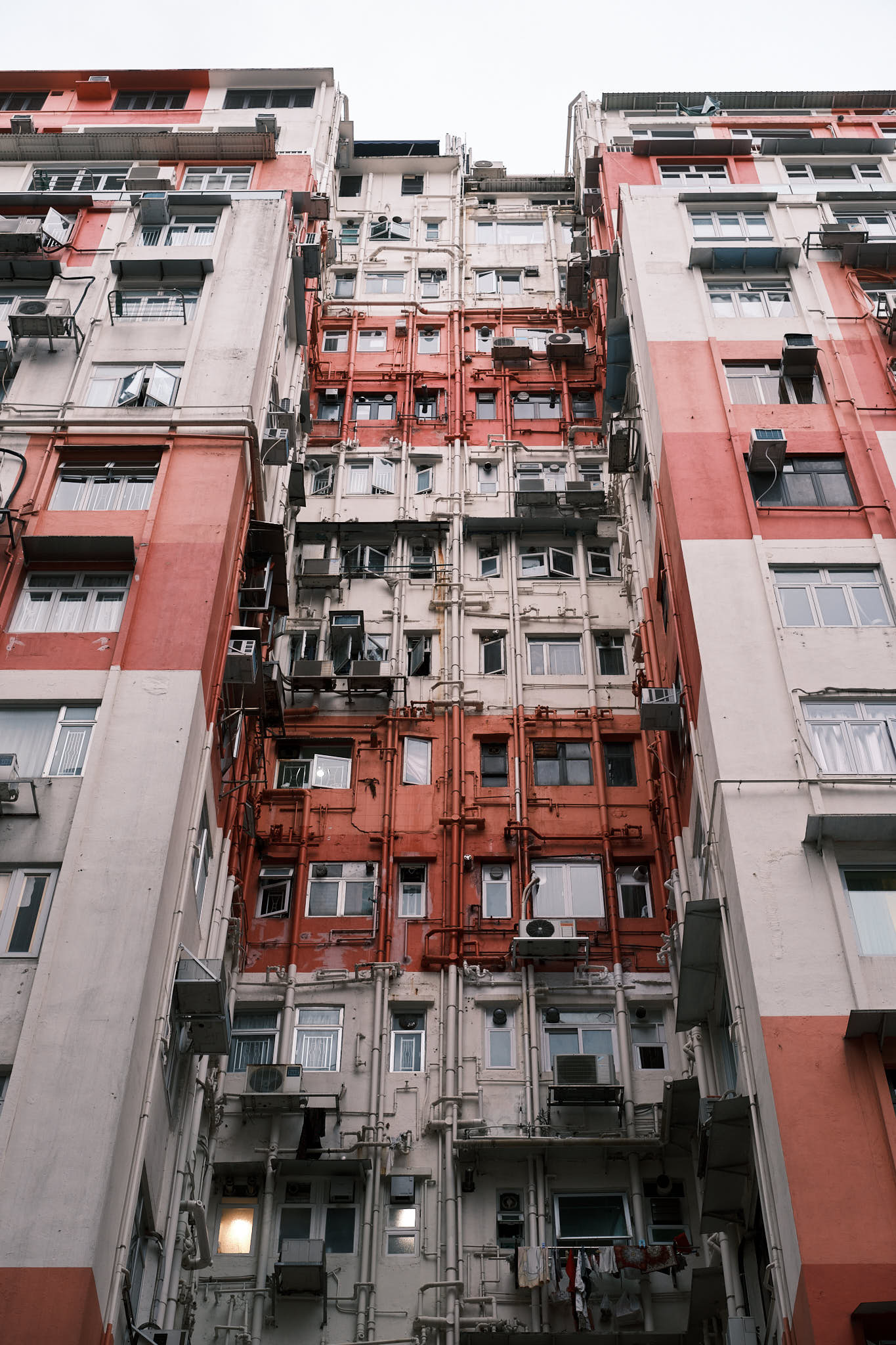
Let’s dive into this first impressions review, formed through the usage of the new camera on a trip to Vancouver and around the house in Hong Kong.
Before I share my thoughts, the usual disclaimer. The X-T5 was purchased at full retail price from Tin Cheung Camera in Hong Kong (Authorized Fujifilm retailer), and I receive no compensation or benefits in writing this review; furthermore, nobody approves or reads this review before it’s published. All opinions expressed here are mine and mine alone.
Autofocus
Let’s start with autofocus performance since it’s top of mind for most Fujifilm users. I think most of us have felt anxious that we’re on the wrong path with Fujifilm given how good the competitors have become. What started as one manufacturer, Sony, producing incredible autofocus performance, has now become Canon and Nikon too.
With each generation of camera, Fujifilm has promised incredible autofocus performance improvements, backed up by a number of vloggers distributing that message. However, the reality never lived up to the hype. I’ve now become wiser and I don’t take their word for it. I wanted to test it for myself before coming to any conclusions.
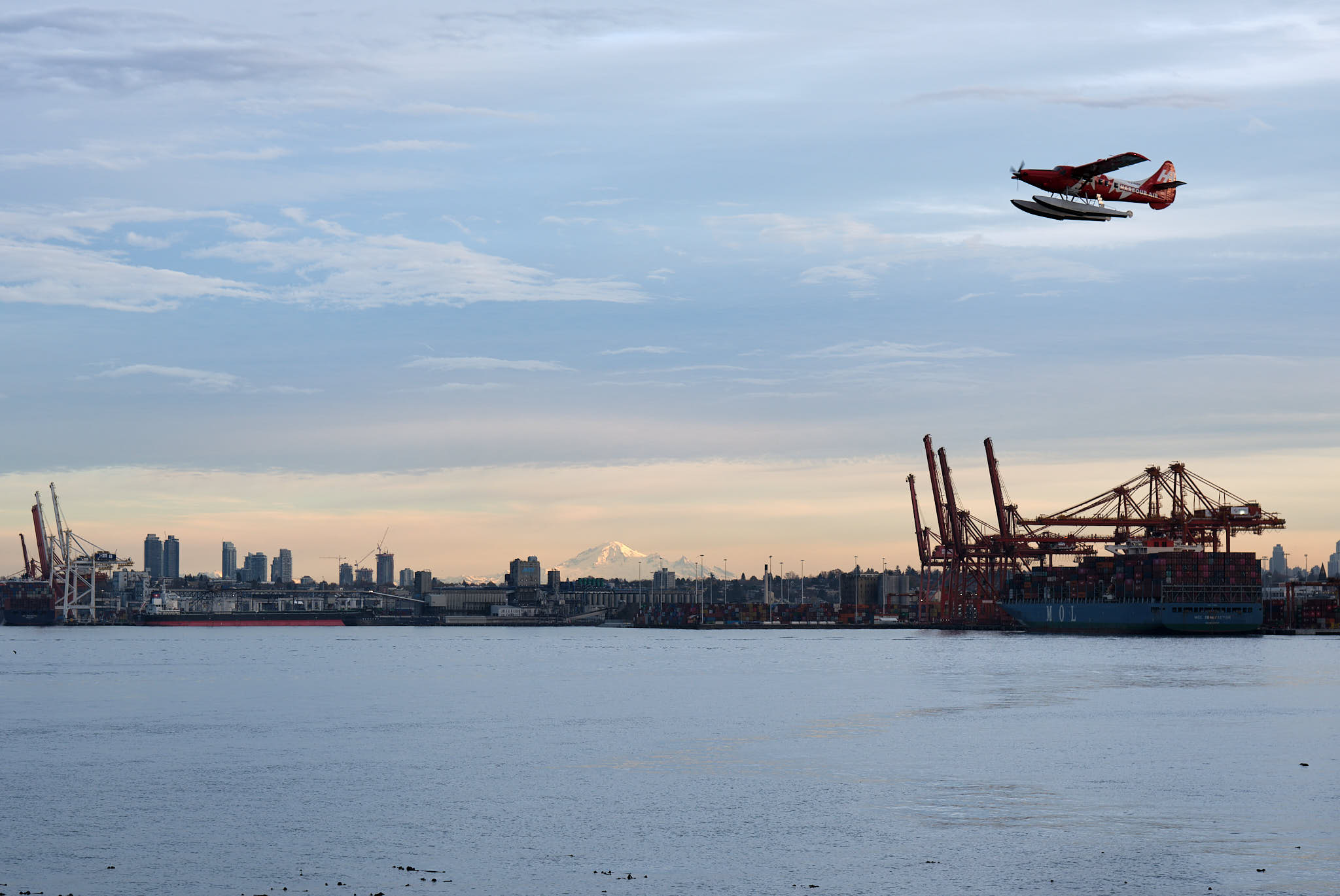
To provide a reference, I also have the new Sony A7R5 in my house, the A7R4, the X-T4 and the GFX100S. I’ll be comparing the X-T5 to these cameras. The two areas I’ll focus on are subject detection and subject tracking. I won’t focus on single point static autofocus performance because Fujifilm has been excellent and on par with the competition in that regard.
Subject Detection Autofocus
The subject detection performance in real life usage is a big step forward compared to the X-T4. The human subject detection is on par with the Sony A7R4 in that it’s very good and very usable, but not up to the latest levels of stickiness, predictability and ease of use.
The animal subject detection is not on par with the new Sony A7R5, but somewhere between the A7R4 and the A7R5. This is to say that it’s very good at detecting the animal, but not on par with being able to predict where the animal is going to go. Perhaps we need to give Fufjilm some time for their AI to do more machine learning, but as it stands, it’s good, but not up to the latest performance levels.
Surely, Fujifilm’s AI should be smart enough to know that two eyes near each other are better than one “eye” standing on its own.
One example that stands out. My dog has two eyes and one anus. However, Fujifilm’s AI keeps selecting his anus when he looks back rather than his two eyes. The A7R5 always picks one of his two eyes. Surely, Fujifilm’s AI should be smart enough to know that two eyes near each other are better than one “eye” standing on its own. I don’t have the heart to tell Oliver that his anus is more interesting to Fujfilm’s AI than his beautiful eyes.

One thing that may not be initially apparent is that the focus point position has an impact on where the camera looks for the subject. For example, if the focus box is positioned on the left side of the frame, and subject detection is set to animals, the camera will prioritize the animals on the left side of the frame.
I didn’t get the opportunity to try train or airplane subject detection, but I did try automobile subject detection and the camera did a great job. It was easily able to identify the front of a car and followed it through the scene. In the image below, I took a number of images by releasing and re-engaging the autofocus, and in each case, the focus was on the taxi, even at F1.4.
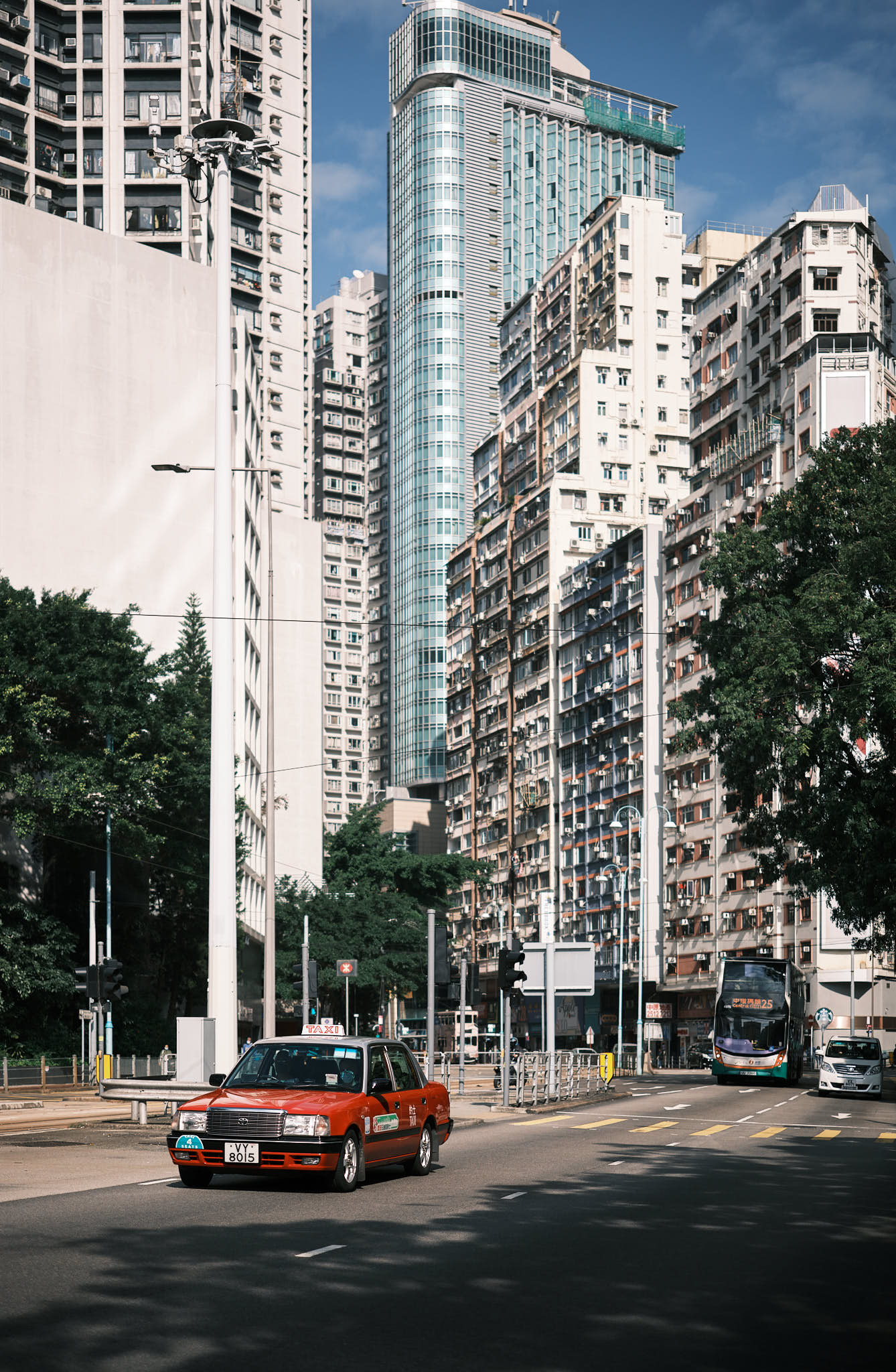
Subject Tracking Autofocus
Where the A7R5 is able to keep a human or object in focus as it goes in and out of the frame, the X-T5 loses that human or object and needs to be instructed where to focus again. It seems Sony’s AI is far more advanced.
When using the A7R5, I feel something magical happening. It feels like AI is not just a buzzword but something real. Fujifilm’s AI feels like marketing as I don’t see it doing anything that makes me believe it’s smarter than “if-this-then-that” logic in typical programming.
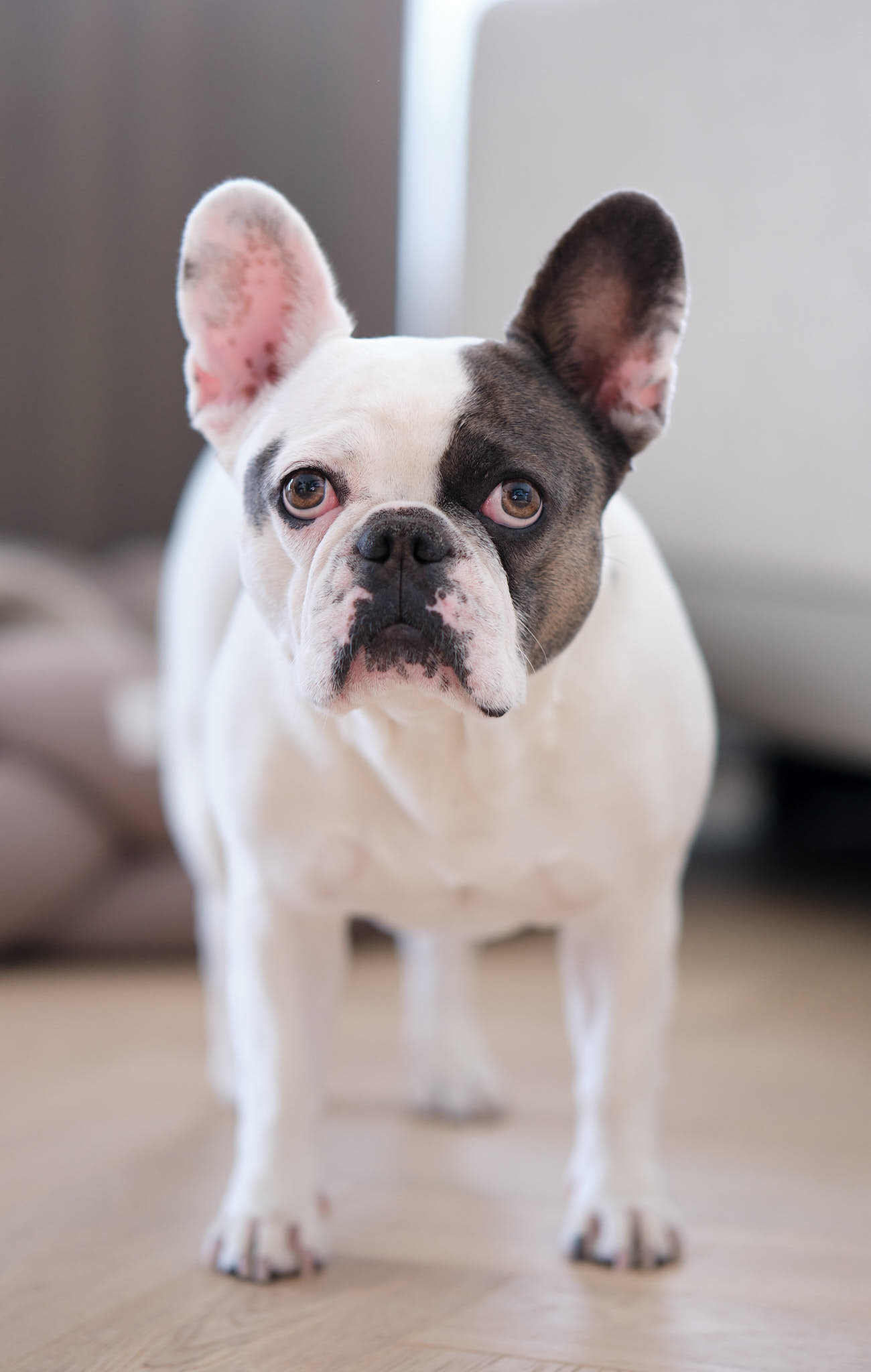
In my testing, with an erratic moving subject like my dog, the X-T5, paired with a fast responding lens like the XF23 MK2 or XF33, can achieve ~70% focus hit rate. The A7R5 however achieves 100% hit rate, and that’s with 61MP across a larger sensor too. When using a slow responding lens like the XF56 WR, the hit rate drops to <50% at close distances and ~70% at longer distances.
It’s a disappointing performance, but still far better than the dismal results the X-T4 would achieve where subject tracking was only possible with humans or by using the wide-tracking mode which required the use of the rather large focus box.
The green tracking box gives a false sense of security and is something Fujifilm needs to urgently look at.
Where the X-T5 needs to improve is its ability to track the subject while simultaneously capturing images. Somehow the lens, capturing pipeline or something else is not keeping up. In the tests, the green box was clearly tracking the dog’s eye and should have had a high hit rate, but for reasons unknown, several images ended up out of focus.
The green tracking box gives a false sense of security and is something Fujifilm needs to urgently look at. If the box is green and tracking the subject, it’s reasonable for the user to assume the captured images will be in focus. This is a poor user experience and greatly reduces confidence in the system.
Summary
Fujifilm’s single autofocus performance remains excellent. The ability to size the autofocus box to your needs is a very useful feature. I love using the smallest autofocus box to get pin-sharp focus on the area of the subject that I desire. The only downside to using the smaller box size is that it can sometimes take a bit more time to lock on focus, given the small area the camera has to work with.
Fujifilm’s subject detection has improved dramatically with humans, and has introduced subject detection for birds, dogs, cars, motorcycles and trains; this has resulted in a massive increase in the number of my keepers due to the automated subject detection. What used to take a few seconds to get the camera running, move the focus box around and then take the image, now can be reduced to less than a second. This has resulted in many more “in the moment” captures of my friends and dogs. This is a game changer for me.
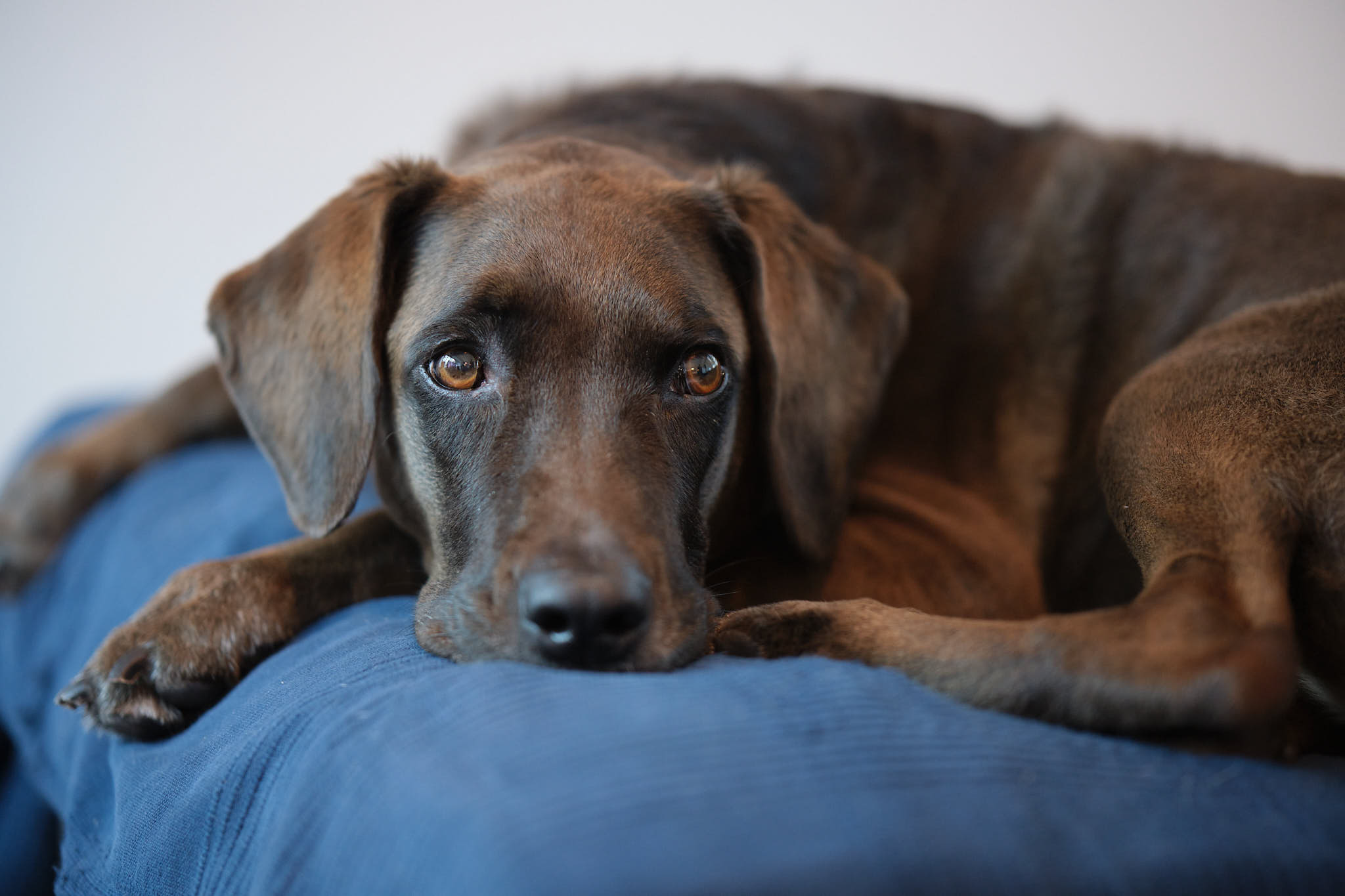
However, in continuous autofocus, when I’m using subject tracking, there’s significant room for improvement for Fujifilm to match the best that Sony and Canon have on offer. The whole approach to continuous autofocus subject tracking feels like a beta product. It’s not clear what role the various focus frames have on subject tracking effectiveness and the camera’s ability to follow the subject is highly unpredictable. I lack confidence that what I’m seeing on the screen is actually being delivered in the final image.
Let’s hope that Fujifilm’s machine learning is churning away as you read this, and improving and refining its algorithms.
Let’s hope that Fujifilm’s machine learning is churning away as you read this, and improving and refining its algorithms. If Fujifilm can’t find a quick path to fixing this, I’m afraid many Fujifans will jump ship to competing brands. Fujifilm has certainly had long enough to sort this out. I can see this frustration starting to surface on DPReview and other forums as actual owners receive their X-T5s and is something Fujifilm needs to urgently address.
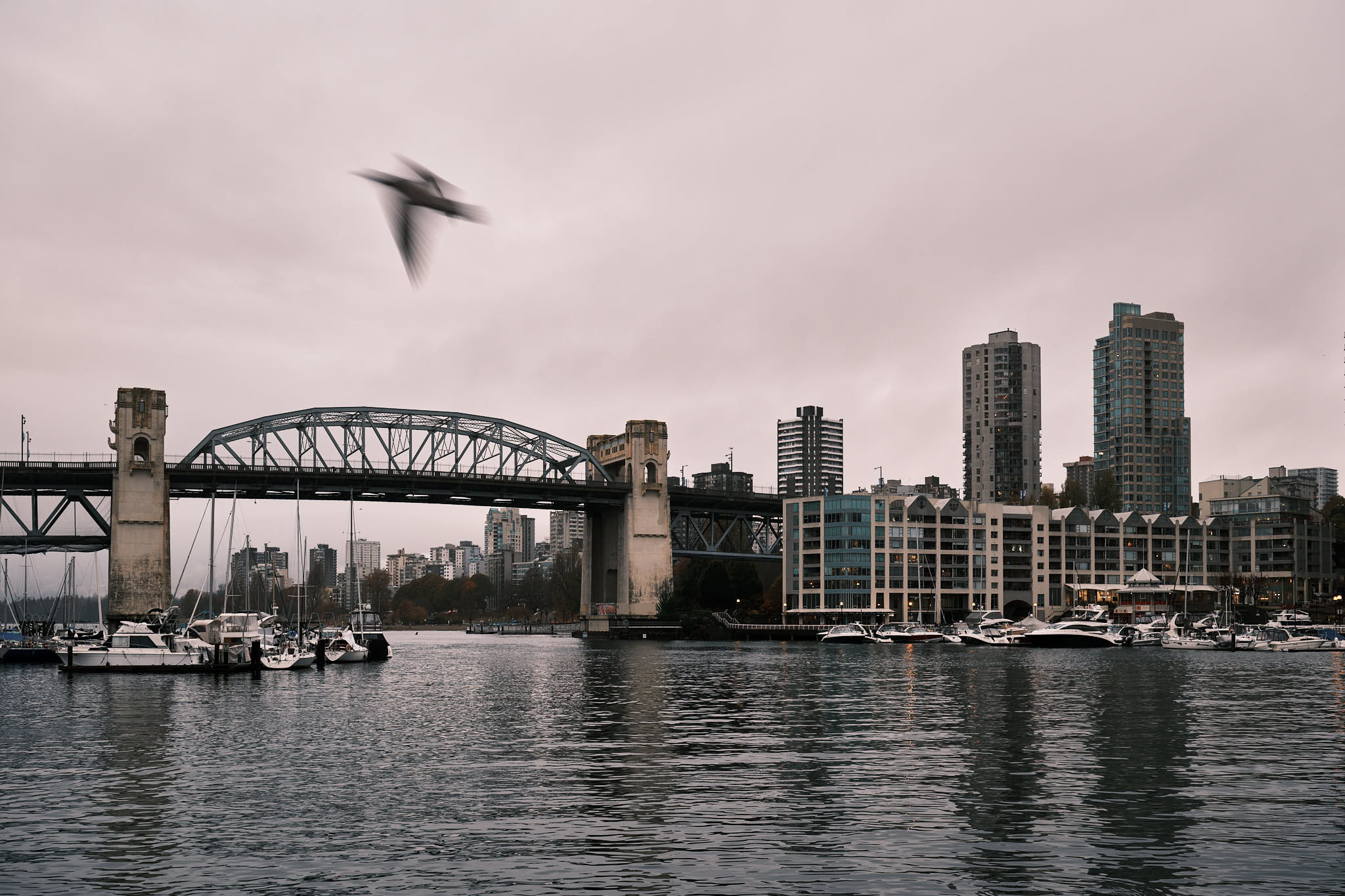
Size & Weight
I love the direction Fujifilm has gone in making the X-T5 smaller and lighter than the X-T4. They managed to shave off 50g and also reduce the body’s height (top to bottom) by 3mm and width (side to side) by 5mm. These changes are not noticeable in the hand, but are visually noticeable.
Gone is the small ski slope on the rear of the camera where the top horizontal lines of buttons were placed. I actually liked that slope because it captured the light and showcased the silver finish. It also allowed for the rear LCD to be completely flush with the camera. The LCD now protrudes a small amount due to the thinner mid body.

X-T4
| Dimensions | (W) 134.6mm x (H) 92.8mm x (D) 63.8mm (minimum depth 37.9mm) |
| Weight | Approx. 607g (including battery and SD memory card) Approx. 526g (excluding battery and SD memory card) |
X-T5
| Dimensions | (W) 129.5mm x (H) 91mm x (D) 63.8mm (Minimum Depth: 37.9mm) |
| Weight | Approx. 557g (including battery and SD memory card) Approx. 476g (excluding battery and SD memory card) |
The size and weight are excellent and perfectly suited for this class of sensor and Fujifilm’s lens portfolio. It’s not too big and not too small, not too heavy and not too flimsy. They’ve returned to their roots and it’s going to make a lot of people very happy.
Build Quality
The build quality of the X-T4 was a marked improvement over the X-T3. The finishing was better and the dials had a wonderful tactile and solid feel to them. Fujifilm had noted an improvement in their silver finishing and it was readily apparent the moment you looked at the camera. It screamed high end.
When I first got the X-T5 in hand and took it to Vancouver, it made an impression, which I wrote about extensively. It somehow felt cheap; the dials felt hollow and the exposure compensation dial turned too easily. It felt like a step down from the X-T4. However, upon returning to Hong Kong, I had to re-write this section when I was able to have the X-T5 and X-T4 next to each other and could do a button by button and dial by dial comparison. They actually felt the same!

The only difference being the more prominent buttons on the X-T5 and the exposure compensation dial having much less resistance to the detents. Therefore, I conclude the feeling of the X-T5 feeling cheaper must come down to either the slightly lighter weight or my unrealistic expectations.
One gripe I had with the X-T4 was the strange choice of door hinge for the USBC/microphone compartment door. Given that we were now supposed to use the USBC port to charge the camera, it behooved me that Fujifilm had used a cumbersome rubber hinge which never allowed the door to stay open.
I’d always be fighting the door when engaging the USBC cable. Thankfully, they’ve fixed that on the X-T5 with a proper hinge that now stays open, allowing the cable to be attached without playing hide and seek.
Image Quality
The 26MP APSC sensor in the X-T4 is a legendary sensor. It’s widely known that the wafer at a pixel level is similar to the one used in the Sony A7R4 and the GFX100 series. All of these cameras are renowned for their image quality, low noise and excellent dynamic range. All of this is to say the previous sensor was already excellent.
In comes the new 40MP sensor, utilizing the same back-side illuminated technology of the previous sensor. We normally expect more pixels across the same surface area to result in more noise, however Fujifilm seems to have limited the noise increase to a level that is not noticeable.
We normally expect more pixels across the same surface area to result in more noise, however Fujifilm seems to have limited the noise increase to a level that is not noticeable.
While a 54% increase in the number of pixels sounds like a lot, in reality, the linear increase is only 24%. To put this into perspective, if you were printing a super high resolution image at 300dpi, the extra resolution would allow you to print 5” wider and 3.3” taller. It’s a nice increase, but not life changing. To make visualizing the difference in resolution easier, the below image is scaled so that the GFX100S is 100%, and all other cameras are relative to that.
| X-T4 | X-T5 | % Increase | |
| Resolution (megapixels) | 26.1 | 40.2 | 54% |
| Width (pixels) | 6,240 | 7,728 | 24% |
| Height (pixels) | 4,160 | 5,152 | 24% |
| Print width @ 300DPI (inches) | 20.8” | 25.8” | 24% |
| Print height @ 300DPI (inches) | 13.9” | 17.2” | 24% |

One area that does appear to suffer however is not really image quality per se, but more the image capturing pipeline. I noticed more rolling shutter effect when in the higher resolution video modes. I haven’t been able to source sensor readout information so I can’t quantify the difference at this time.
In summary, Fujifilm has provided a useful increase in resolution, without any negatives in terms of image quality. There is however the impact on rolling shutter.
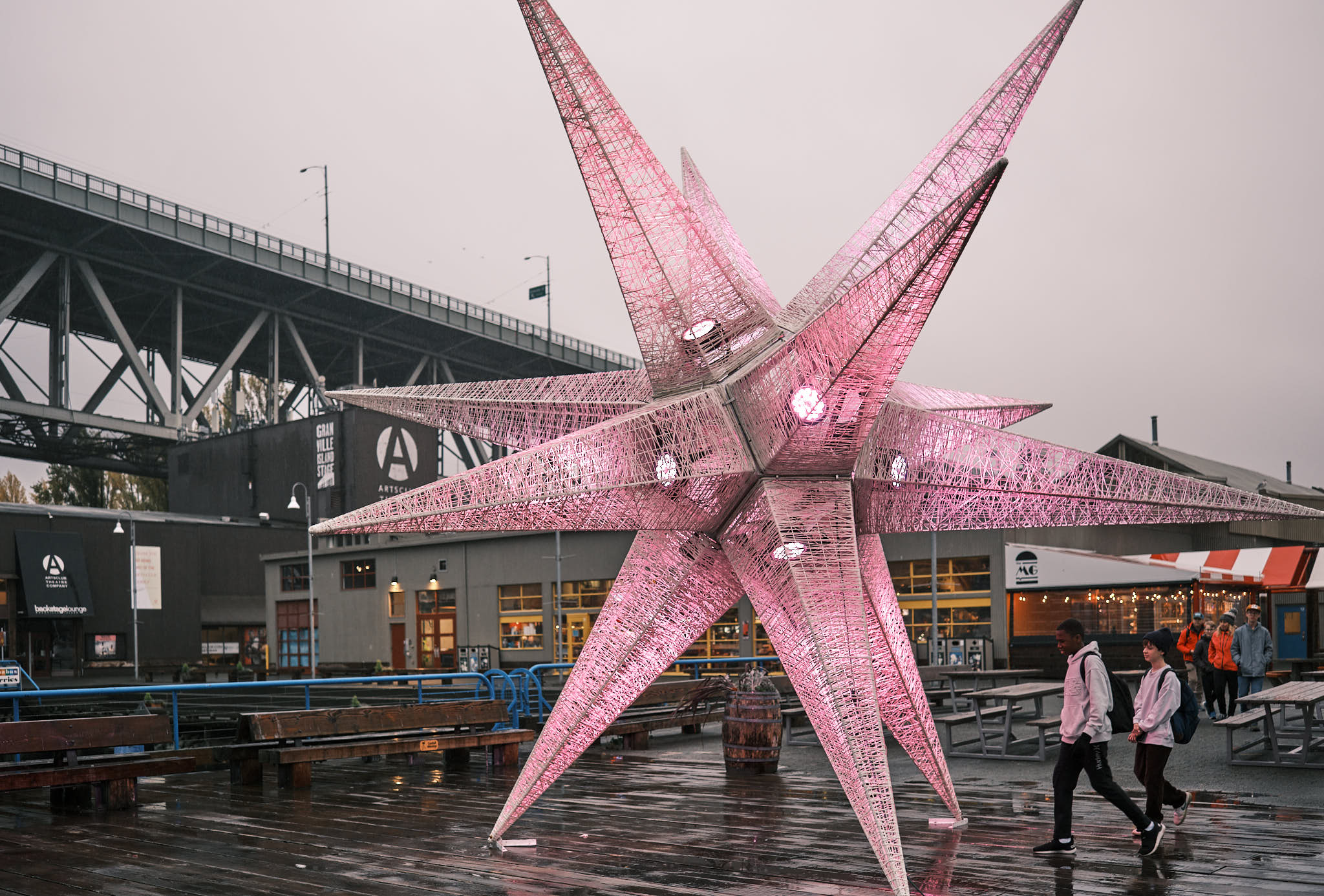
Video Quality
I’m not much of a video person so I’ll defer to experts like Gordon Liang or Gerald Undone. I suggest clicking on their names and watching the reviews on their excellent YouTube channels.
In my limited video testing, I’ve found the X-T5 to be as good a video camera as the X-T4 for my casual purposes. Having 6.2k is a nice bonus, although I doubt I’ll ever use it given that 4k is already more than enough for my uses. Furthermore, the subject detection autofocus makes as big an impact on video as it does in photography, with the continuous autofocus working much better here than it does with photography. This is likely due to two characteristics about video autofocus.
First, the rate of change can be set in the menu and I typically have it set to the slowest speed so that it doesn’t create a jarring effect to the viewer as the focus changes. Second, even at the highest resolution of 6.2k (26MP), it’s more forgiving of autofocus errors than the full 40MP image. Those partially out of focus throwaway frames in photography can sneak their way through the video pipeline without much notice.
Overall, from a casual travel videographer, the X-T5 works great. The subject detection autofocus makes it much easier to capture people, trains, cars, and of course my favourite, animals. I’m really looking forward to using the animal eye detect to capture some video footage of the monkeys in an upcoming trip to Bali, Indonesia.
The only downside to a video centric user is that Fujifilm has adopted the normal tilt screen rather than the flip-out screen. I personally love the “new” screen setup and would have bought the X-T5 had this been the only improvement made. However, I can appreciate the X-T5’s screen setup is not conducive to vloggers that need to see themselves for framing.
Controls
Fujifilm continues to be the leader when it comes to intuitive camera controls. You can hand an X-T5 to a total novice and they’ll quickly figure out how to use the camera. Do the same with a Sony, Canon or Nikon and it will take some time before they figure out how to change aperture, shutter speed and ISO.
I continue to love the dedicated movie/still image switch. It’s great how the settings remain for each of the two modes. The only switch which I’m not keen on anymore is the focus switch in the front. With so much of the camera being customizable, it seems a shame that the focus mode cannot also be mapped to a customized slot.
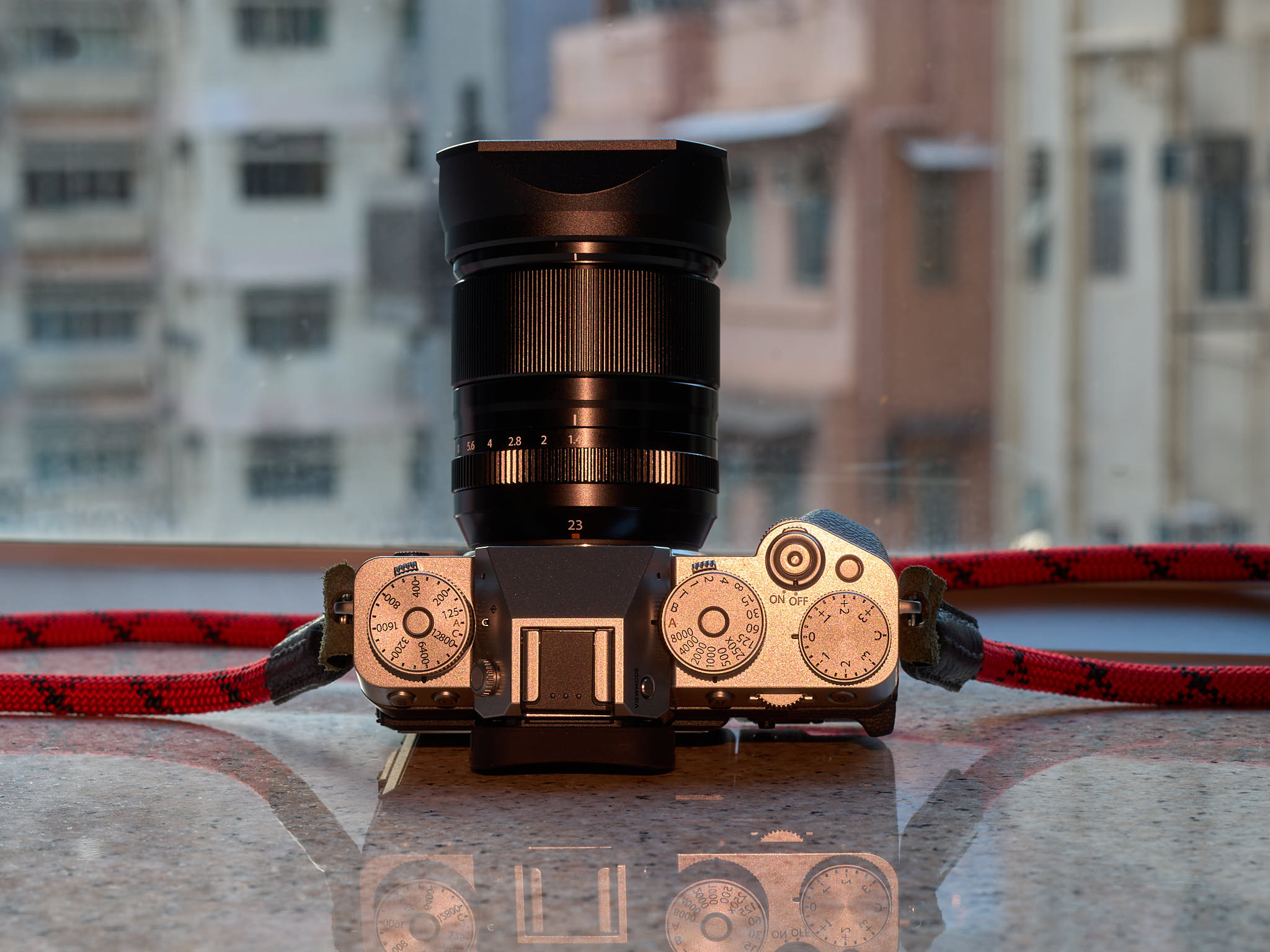
Having to remember to change the focus switch from S to C when you’ve programmed a custom slot for animal pictures for example is no longer intuitive. I think they should make this a digital button like they’ve implemented in the X-H series rather than a mechanical switch.
Speaking of focus, I’m also not keen on the new software change to the focus lever. In the previous camera, it was possible to centre the focus point by clicking the focus lever two times. Once to activate the focus movement and then another click to centre the focus point. Now, a second click takes the camera back to shooting mode.
To centre the focus point, one must now press the focus lever, click “Display/Back” and then either click the focus lever again or click “Ok”. I’m willing to live with the new software because it likely makes it more intuitive for new users to get back to the shooting mode (they use the focus lever to enter the focus change mode and to get back to shooting mode).

The EVF continues to be excellent, however there’s a clear gap between this EVF and the newer generation of high resolution EVFs from Fujifilm and Sony. It’s not a dealbreaker, and we can’t blame Fujifilm as they have to cut corners somewhere to keep the price, weight and size down, relative to the X-H series.
I’m so glad to see that screen gone on the X-T5. It’s so much easier to quickly take a low or high shot with the more traditional photography-oriented tilt screen.
I wrote on several forums that I would buy an X-T5 even if the only upgrade was the removal of the horrible swivel screen that they imposed on us in the X-T4. I’m so glad to see that screen gone on the X-T5. It’s so much easier to quickly take a low or high shot with the more traditional photography-oriented tilt screen. Bravo to Fujifilm for listening to their customers!
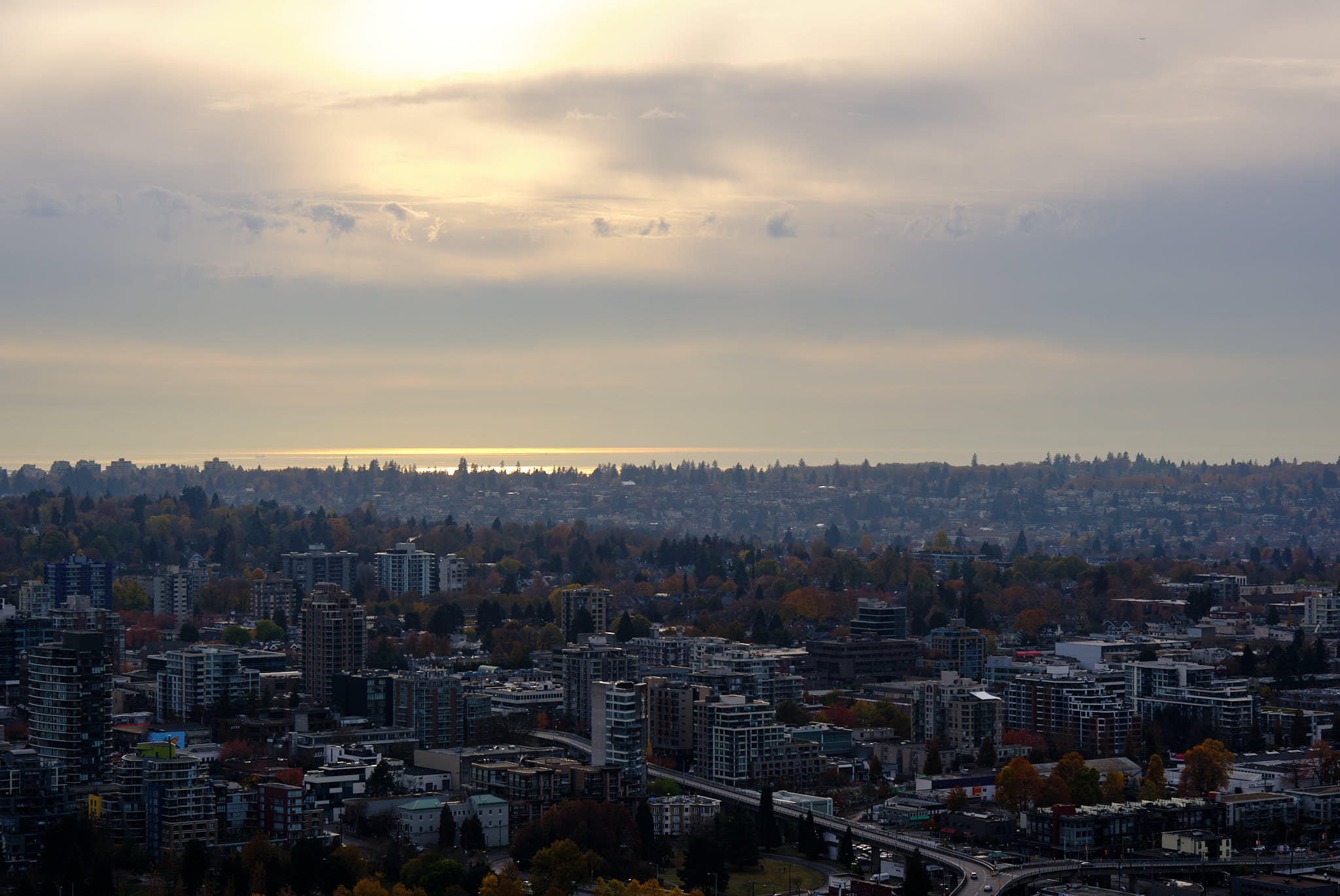
Performance
The X-T5 uses the new X-Processor 5HR that claims to have twice the performance of the X-Processor 4. This extra performance is put to good use in managing the higher throughput of data from the 40MP sensor, as well as the improvements made to autofocus and video.
In real-life usage, the X-T5 feels snappy and responsive. There’s no lag to any controls or menu changes. The only time that the camera slows down is when certain image adjustment parameters are used such as the “Clarity” function. That can introduce a delay of up to one second.
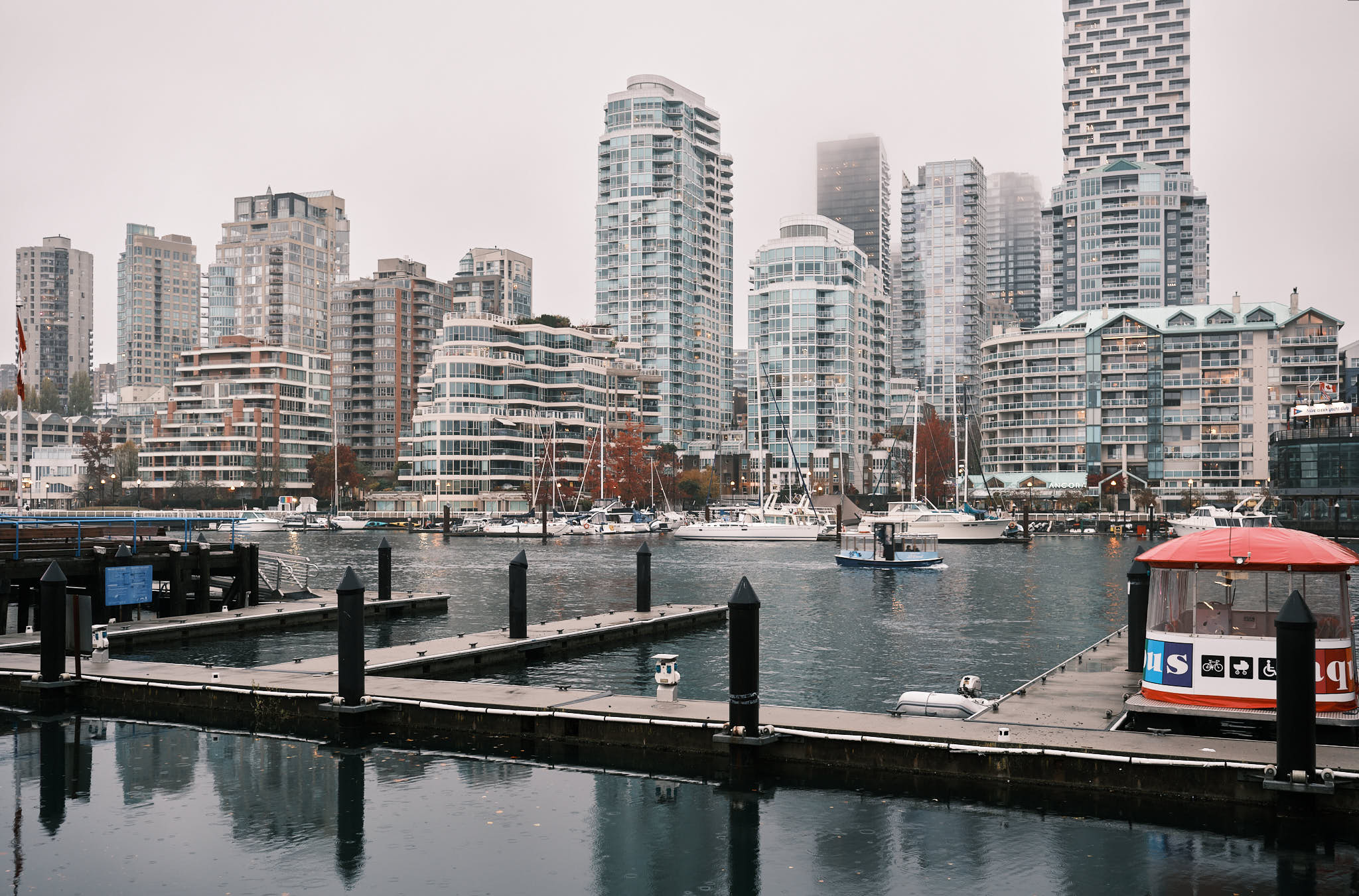
The X-T5 instantly turns on and is ready to go. This compares very favourably to the Sony A7R5 which takes some time to boot up and be ready to capture the first image. Even with 40MP, the camera instantly pulls up images to view after shooting. It’s very slick and seamless.
The X-T5 instantly turns on and is ready to go. This compares very favourably to the Sony A7R5 which takes some time to boot up and be ready to capture the first image.
The only place I see some regression is in how many frames can be captured before the buffer fills up. Given the X-T5 continues to use standard UHS-II SD cards, this is not unexpected. If you really want deep buffers, the X-H2S and X-H2 are more suitable. To maximize the buffer capacity, I suggest using Lossless Compressed RAW and reduce the JPEG quality to the lowest you can tolerate.
Fujifilm says the new processor is more powerful while being more energy efficient. They specify the number of shots as 740 frames in Economy mode, up from 600 on the X-T4. In real-life usage, their claims appear to match my experience. The battery seems to last forever and is super fast to charge via USBC.

Portability
Sony has really blown the roof off portability in cameras. Their A7 series set new benchmarks for how much technology could be crammed into a small package. They further extended their domination with the A7C, by managing to pack a full frame sensor into an APSC body. However, portability is more than just the camera, it also has to factor in the size and weight of the lenses.
The X-T5 is, in my view, the perfect balance between carrying an iPhone around and carrying a professional camera.
The X-T5 is, in my view, the perfect balance between carrying an iPhone around and carrying a professional camera. It’s small enough that it can easily fit into many messenger bags, while being big enough to partner well with wide aperture lenses like the new XF56 F1.2 WR. I had many years of photography enjoyment taking the Fujifilm X-Pro2 around the world. I have no doubt that any buyer of an X-T5 will love it as a travel camera. Take the X-T5, a few primes and a long lens like the XF70-300 and you’re set.
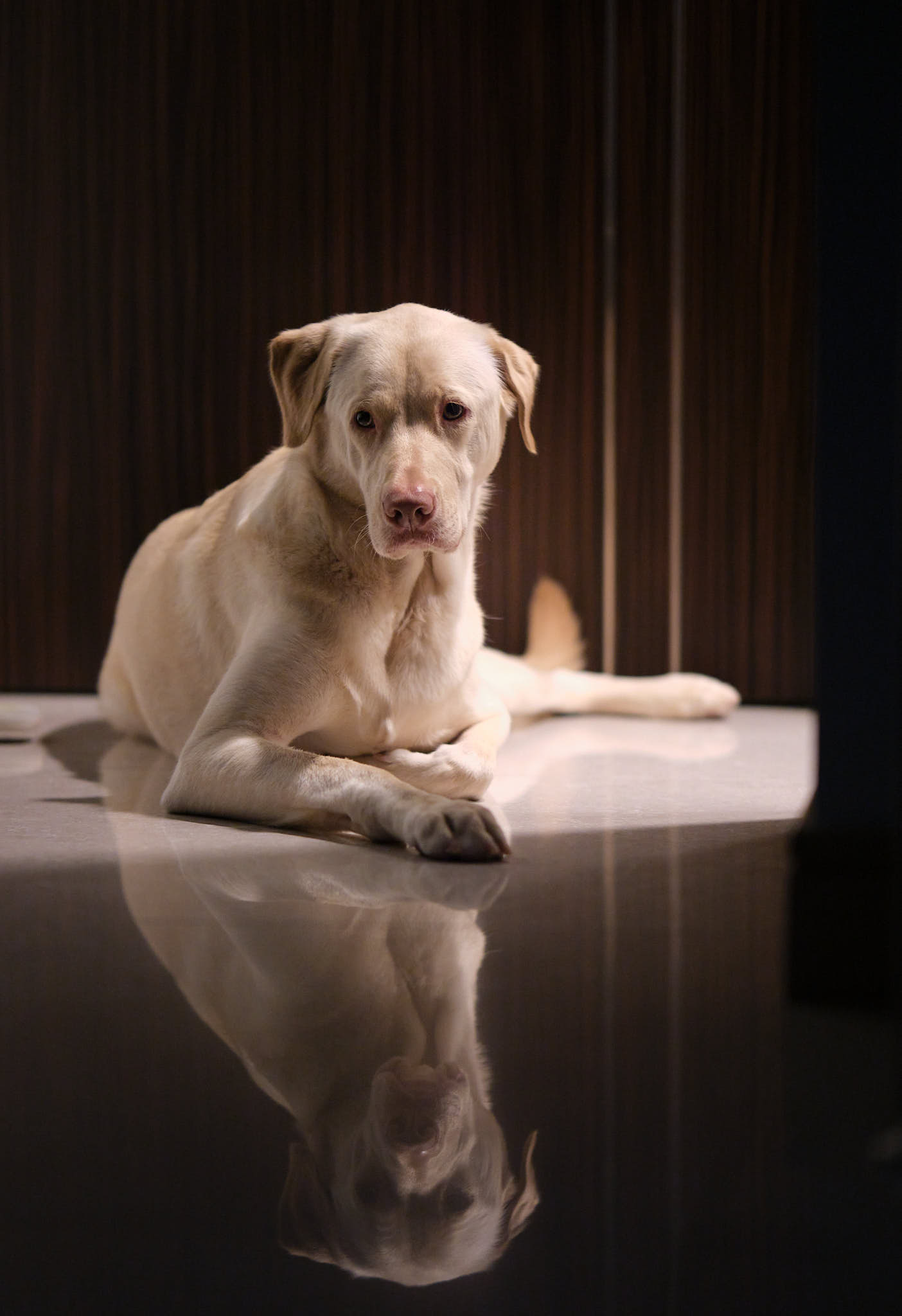
Conclusion
Expectations were high going into the X-T5 launch. Fujifilm talked up their new 40MP sensor and the improvements from the brand new AI autofocus system. I think they exceeded expectations with the new sensor but have come up short on the autofocus system.
The new sensor gives us more resolution without incurring any downsides like noise or speed impacts. Fujifilm continues to be a leader in their colour reproduction using their excellent film simulations. This, when paired with the new sensor, is a perfect pallet from which to capture your version of the world around us.
I think they exceeded expectations with the new sensor but have come up short on the autofocus system.
In 2022, all of the major camera manufacturers have figured out autofocus. Sony has been the leader for a long time and continues to lead; they keep going from strength to strength. Canon and Nikon have nearly caught up, especially Canon. Fujifilm does well with a static subject, but when moving, things quickly fall apart.
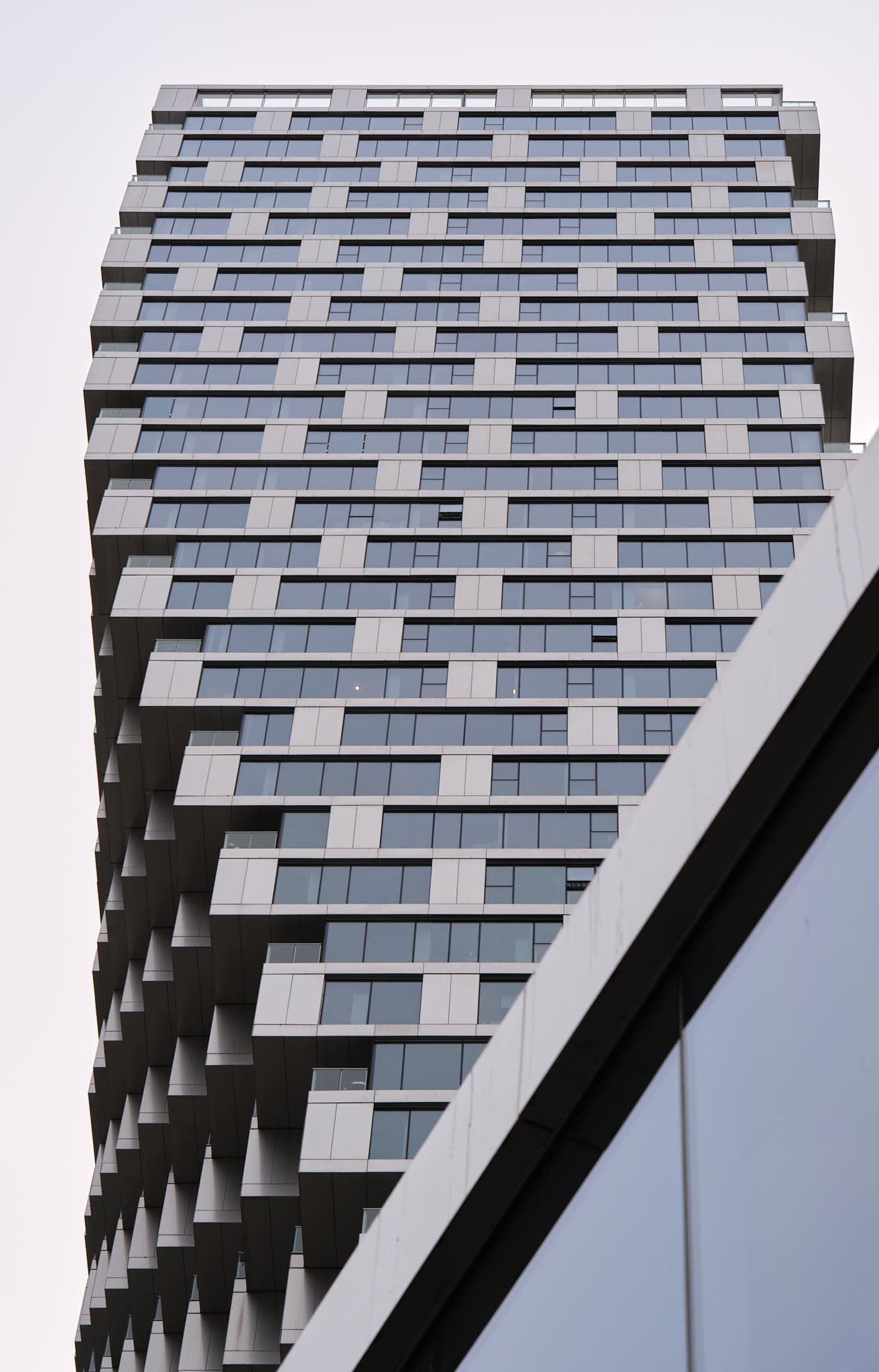
This is no longer acceptable and I think Fujifilm is going to start losing customers due to this. There are other differentiators that attract people to Fujifilm like the control dials, however other manufacturers have started to offer this too. Sony and Sigma now have aperture rings on their latest lenses. Shutter speed and ISO can easily be mapped to the two dials present on almost every camera. With that setup, you have all the manual controls that you could want, while having completely reliable autofocus performance.
For the past several years, when people asked me which camera they should buy, I often recommended the X-T line as the first choice and the Sony offerings if they were willing to spend more and/or were wed to the idea of a full frame sensor. Unfortunately, until Fujifilm can make some major improvements, I won’t be recommending the X-T5 to new users given the poor subject tracking autofocus performance.
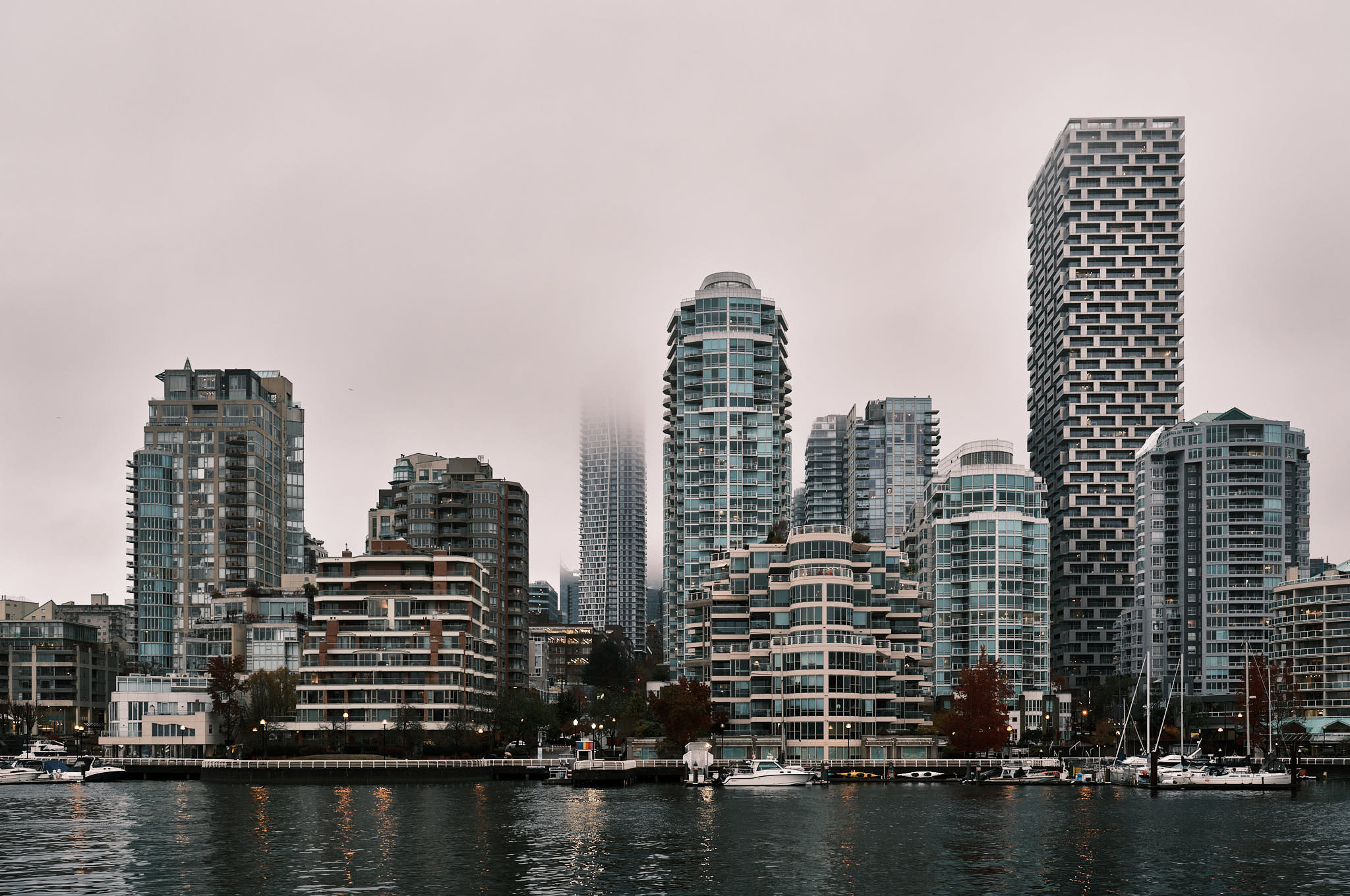
It’s a shame that we’re at this point with Fujifilm. They have some of the most beautiful cameras on the market, with incredible sensors, and film simulations that make editing so easy. They have a set of jewel-like lenses with edge to edge sharpness and high image quality. They have the wonderful dials and a long history to call upon. All they need to do is to fix their autofocus performance.
If you’re an existing Fujifilm user and mostly taking images of static subjects, the X-T5 will be an excellent camera for you.
If you’re an existing Fujifilm user and mostly taking images of static subjects, the X-T5 will be an excellent camera. If you’re a Fujifilm user that was hoping for a big step forward in subject tracking autofocus, you may want to consider switching to another camera brand. If you’re looking for your first camera, a Sony or Canon will certainly provide you with an easier photography experience.
For my purposes, Fujifilm didn’t deliver what I was hoping for. If there are no major improvements to the subject tracking autofocus performance via firmware updates in the near future, when it comes time to update my camera, I foresee my X-T5 being replaced with a Sony.

What I’d like to see in a future firmware update:
- Improved subject tracking autofocus performance that inspires confidence.
- An auto subject detection mode where the camera takes a best guess whether the subject is a human, animal, car, train or airplane. If that’s not possible, Fujifilm should combine the human modes with the new subject detection modes.
- An option to centre the focus point by clicking the focus lever (like how it’s implemented in the X-T4 and GFX 100S)
I hope you’ve found this first impressions review helpful. Let me know what you think in the comments below or feel free to send me a note using the contact form. If you want to write a comment below, please know that you don’t need to register; all it requires is a name and email address (hidden from the public). Thank you for reading this far.

Discover more from fcracer - Travel & Photography
Subscribe to get the latest posts sent to your email.
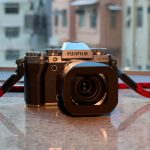
I’m doing research on the X-T5 because I’m interested in buying one, so I’ve been reading a lot of these reviews that complained about the AF performance of the X-T5, and I have to comment on this. You compare a $1700 camera to a $4000 one (Sony A7R V) and conclude that the former is flawed because it does not perform as well as the latter on AF? Really? By the same logic, if you want to buy a Honda Accord, you should really consider a BMW M5 since it accelerates so much faster than the Accord. Well, I guess if money is no object, go buy an M5, good for you. But for the rest of us, an Accord’s acceleration is more than adequate.
Hi Chewbacca, the X-T5 is USD1,699 at B&H Photo or Amazon.com. For the same or less money, you can get the Sony A7C, A6700, or A73. Two of those are full frame cameras while one is the latest APSC camera with the same AI Autofocus as the Sony A7R5 referenced above. While your argument holds for X-T5 vs. A7R5, it doesn’t hold when you compare AF systems across Sony’s product range. There are cheaper cameras than the A7R5 that have the same or similar excellent AF system.
Great review.
I’ve been using Fuji X systems for 10 years now. I had planned to upgrade my X-T4 to X-T5. I was a bit disappointed that people were experiencing inconsistent results with the new focusing system on both the X-H2 and the X-T5 and also a bit disappointed at the X-T5 buffer size.
I was also considering getting the GFX 50s that is on sale for landscape. Then I started looking at other options and started looking at the new Sony A7RV. It seems to check all the boxes for me, event, travel and landscape photography. I like the idea of the 61mp for landscape and the focusing system and option to reduce the raw MP to 26 for events. Yesterday I pulled the trigger and bought it and the 24-70 GM II. Assuming I’m happy with the new AR7V, I’ll sell the X-T4 and a bunch of lenses to help to partially pay for the new investment and also allow me to buy a few more lenses to fill out the kit. I feel a bit disloyal, but excited to try out a new system that hopefully will meet my needs. This was a very timely post for me. Thanks for allowing me to share my journey.
Lovely article as usual. I enjoy seeing the Vancouver shots because I usually get bland pics of BC due to the weather. 🙁 I’m currently evaluating my camera choices and obsession. Currently with Canon R6 and RF lenses but the lack of third party lens support annoyed me, to my surprise. I want a higher resolution camera for portraits and thought the Canon R5 was a good, obvious choice. But the lenses are really big, especially the 85 1.2 although it is quite amazing. The Canon RF lens sizes basically compels me to use something else for street, travel and fun. It turns out the Leica M11 and manual focusing doesn’t mesh with my eyesight and glasses so it will be sold but I love the size and vibe of Leica. Perhaps I will repurchase a Q2 or wait for the Q3. The Olympus OM1 is a great idea (with stacked sensor) but I notice the lower IQ sometimes. I wanted to love that system so much and can’t emotionally handle selling it yet. So that leaves the new Sony A7R5 for me. I didn’t love the handling and menus of the A7R4 and the Sony zooms were a bit poor compared to Canon RF but Sony updated the menus and came out with some new glass, so I suspect the A7R5 is the new, new, last, best experiment for me. Surely the last camera I will ever buy! Lol. Thank you for the thoughtful and beautiful articles and good luck with the X-T5.
Thank you John. I’m glad that you liked the review. I’m sure to lose some followers due to the negative tone of this review, but I felt it important for people to know the truth before they spend their hard earned money on this camera. I truly hope Fujifilm can fix the issues via firmware, but given how long they’ve had to fix autofocus, my hopes are pretty limited.
If I were to buy a camera system today, it would be the Sony A7R5 matched to the new Mk2 GM lenses. I’d start with the 24-70 Mk2. Then I’d add on some of the newer F1.4 primes. I’d also get the 50MM F1.2 which is a stunning lens. All of these lenses focus very, very fast, have aperture rings, and are sharp edge to edge with beautiful bokeh.
The A7R5 + GM Mk2 lenses could actually replace two of my systems. It could replace the GFX100S system and the X-T5 system. In the end, I would have Leica M11, X100V and Sony A7R5. I think that would be a killer triple combo. The only hesitation I have is that I may miss the 4:3 ratio and 102MP sensor of the GFX100S. Perhaps I’ll wait for some A7R5s to appear in the second-hand market and use it replace the X-T5 first, and then see if the GFX100S still gets taken out…
I loved the Canon cameras and would have gone that route due to the wide throat for the lenses making lens design easier. Canon also has a great reputation with their quality; some of the Sony GM lenses in my home have had to get warranty work done, whereas none of my Fuji lenses has ever needed any repair. However, Canon made a strategic mistake in blocking third party lenses. I rarely use third party lenses, but I don’t like the direction Canon is going in intentionally blocking a company from using its mount.
Good luck with your choice and let me know if you go the Sony route. Let me know what you think of it after some real-world use.
Thanks for sharing your experience and photos. Very useful. As someone looking at moving from a small micro four-thirds setup to either a Fuji or FF camera, it ends up being all about compromises and personal priorities. I tried a Nikon Z5 and loved the image quality. But the overall weight of the system meant for me it’d probably end up staying behind when I travel or hike. The autofocus and quality of the A7R5 seem amazing, but it’s more than 3x the price of the X-T5. I’m looking at the X-T5 as a good compromise between improved image quality, a better sensor to enable cropping when needed, and good enough improvement in the autofocus area from where I’m coming from in the price bracket of $1-2k. So it really comes down to quality for the price and size you’re willing to deal with. If I decide to really prioritize image quality over size down the line, I expect the GFX line is a good upgrade or 2nd system option. I loved the images you shared from your Italy travels in other recent posts.
Hi there. The X-T5 ticks a lot of boxes. The 40MP sensor is fantastic and gives up nothing for the extra resolution. I’m in Bali at the moment (and sadly tested positive for COVID-19 on day 3 of the vacation) and brought the X-T5. Thus far, I have no regrets leaving the GFX100S at home, since I’ve been to Bali before and have already done most of the tourist stuff that I may want to capture at higher resolution.
To be frank, I’m not sure any image taken on a vacation needs 102MP, but I definitely felt 24MP was not enough. I think the X-T5 makes for a perfect travel camera with just the right size, resolution and capabilities. I’m confident Fujifilm will sort out the AF issues in due time, to at least make it more trustworthy. I think you’d be very happy with the X-T5 based upon the use case you mentioned, and as you noted, if you really want resolution, there’s always the GFX…